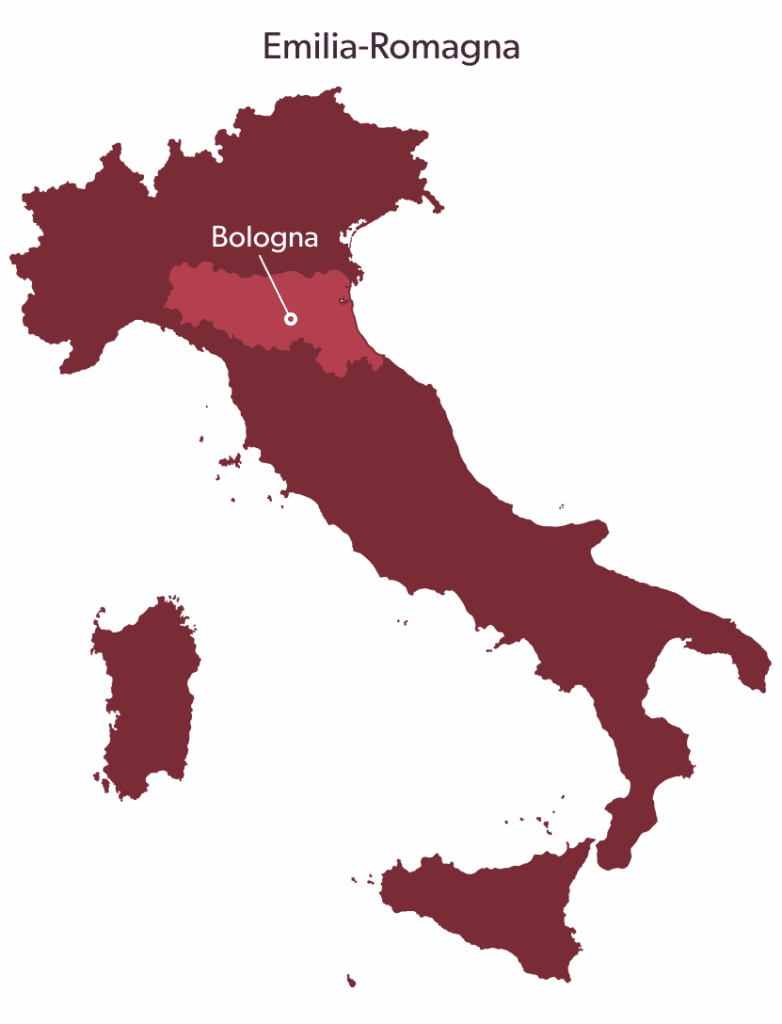Parmigiano Reggiano DOP is a ‘hard paste’ cheese, characterized by low water content and an aging period that can vary from a minimum of 12 months to over 36.
The first appearance of Parmigiano Reggiano DOP occurs in the Middle Ages, when the Benedictine and Cistercian monks first produced it, using the milk of the cows raised in the barn, where the cows were used in reclamation work, and salt from the deposits in Salsomaggiore. Since then, the shape has gotten a little bigger, but the cheese is still produced naturally today without additives.
The need to protect the product from similar counterfeit products dates back to the 17th century; the year 1612 to be precise, which marks the beginning of the history of the Designation of Origin, thanks to a document from the Duke of Parma, Ranuccio Farnese. This cheese was officially declared as a DOP product of Italy back in 1955, and by the EU in 1996.
Today this specialty can only be produced in the provinces where are located the Italian cities of Parma, Reggio Emilia, Modena, Mantua (to the right of the Po River), and Bologna (to the left of the Reno River). For over a thousand years, Parmigiano Reggiano DOP has been produced exclusively in this area, which counts 2,600 farms where the cattle are mainly fed locally grown forage.
But why?
There is a microbiological characteristic that links Parmigiano Reggiano DOP to its area of origin; a characteristic that is obtained by feeding the cows with local hay and using raw milk which preserves the specific lactic bacteria necessary to produce Parmigiano Reggiano DOP.
The producers rely on four different cattle breeds: the Italian Friesian, the Modenese Bianca, the Alpine Brown, and the Reggiana Red Cow.

